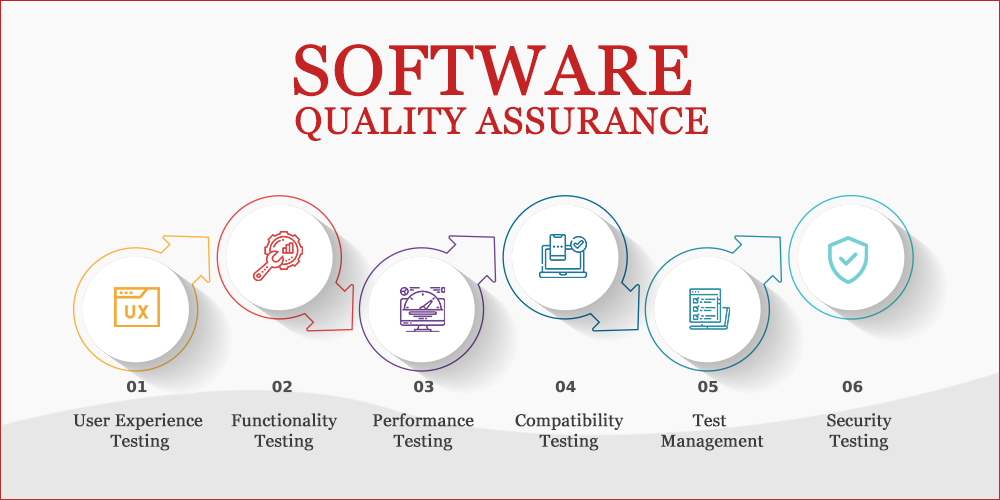Software Quality Assurance has a direct impact on the company’s profit. The smooth implementation of a system helps reduce cost and improve margin. This blog explains the concept of Software Quality Assurance and its relationship to the company’s “bottom line” as well as the difference between Quality Assurance and Quality Control. It also discusses the discipline of Quality Assurance and the relationship between profitability and Quality Assurance.
First, let’s understand what constitutes Software Quality Assurance?
- It’s not merely an absence of “bugs”, it’s much more than that.
- It is to get a complete and comprehensive understanding of the business, solve problems, comprehend opportunities and translate them into software capabilities.
- It delivers systems into production reliably, efficiently, cost-effectively and on time.
- In a nutshell, Software Quality Assurance is the monitoring of software and its processes while taking a holistic approach.
Now, let’s move on to why is Software Quality Assurance Important?
- There is a strong positive correlation between software quality and profitability.
- Quality is a differentiator in the digital world and lets you reach new markets, serve a larger customer base, and achieve automation. At the end of the day, all companies look to achieving process efficiency, and software quality assurance gives them that edge.
- Improved Quality will lower your Total Cost of Ownership (TCO) for software products because it pays back with reduced maintenance cost and higher “up-time”.
- It is important to comprehend what constitutes poor Software Quality Assurance to form a better understanding of the business consequences of poor software. Poor software quality has these features: a) Misses Business Opportunities b) Delays time-to-market c) Causesloss of market shared) Reduces profitability e) Provides an Adverse Cost Structure f) Leads to Reputational Risk with poor Customer Care.
Finally, let’s discuss the economics of Software Quality (SQA and its Impacts on Company Profitability):
If the production process, in a simple scenario, is divided into three phases such as requirements, testing, and production, then without quality assurance most defects are caught in the “production” or “testing” phases, while they originate in the “requirements” phase. The most expensive bugs originate in the requirements phase. For example, any misalignment of requirements has the most consequence if detected after the system is in production. It is much more cost-effective to take care of the defects in the first phase. The following chart explains the cost implications further:

To conclude, with a comprehensive Software Quality Assurance program, if your organization detects bugs early in the life cycle then your company will get a huge return on investment in terms of productivity, profitability, and customer satisfaction.









